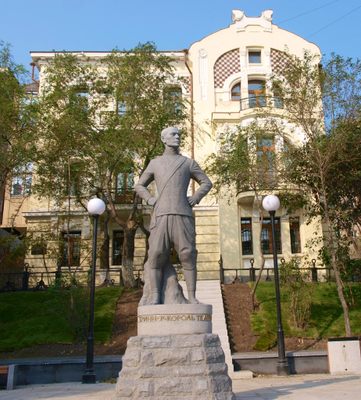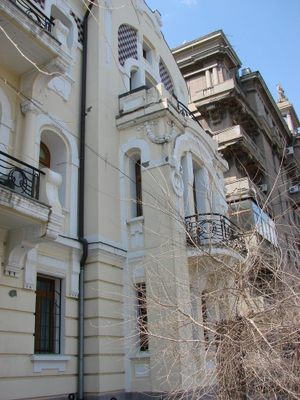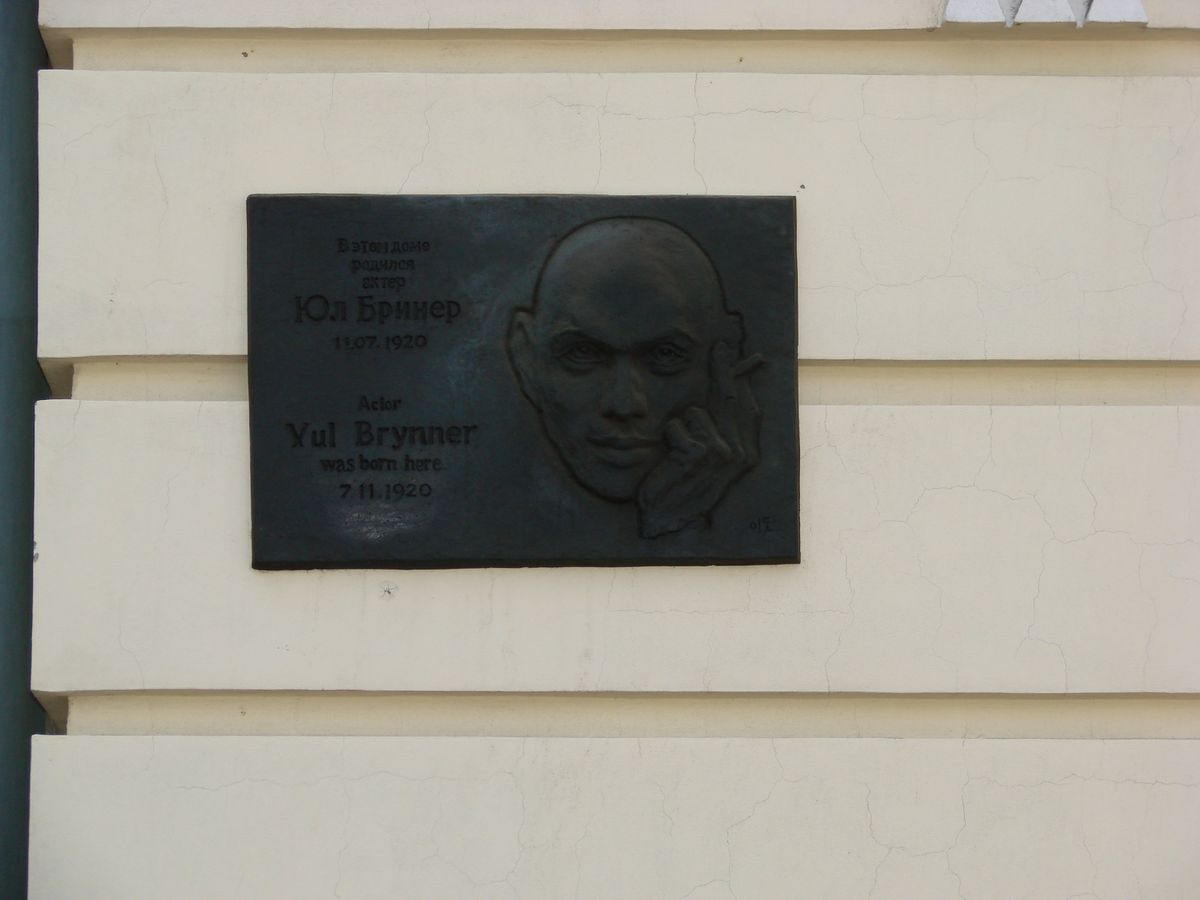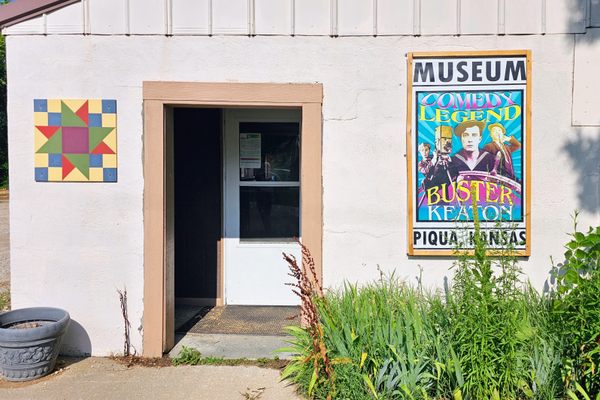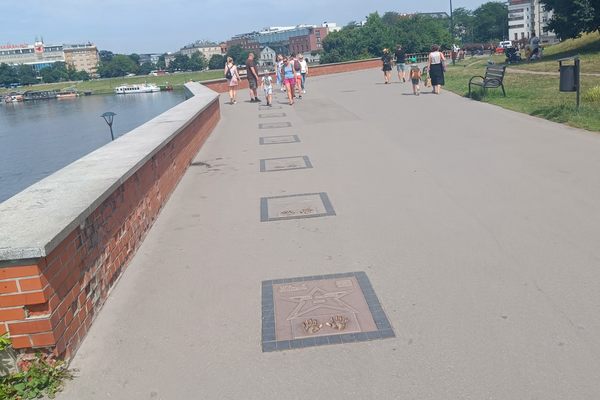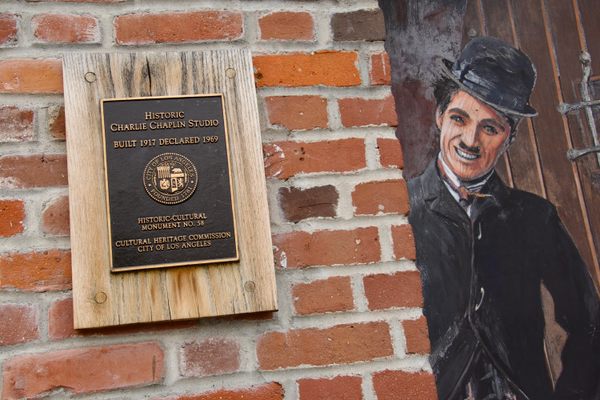About
Yul Brynner is remembered in Hollywood for such iconic roles as the Siamese king in The King and I, the cold-hearted pharaoh in The Ten Commandments, and as the leader of the heroic gunslingers in The Magnificent Seven. However, the only monument dedicated to him is not in Tinseltown, save for the star on the Walk of Fame—but in his hometown of Vladivostok in the Russian Far East.
Brynner was born Yuliy Borisovich Briner on July 11, 1920, at his four-story home on 15 Aleutskaya Street, Vladivostok, and was of Russian, Swiss-German, Buryat-Mongol, and purportedly Romani descent. His father abandoned the family when he was about three years old. Brynner's mother took him and his sister to Harbin, and then to Paris as the tension between China and Japan rose. In 1940, his family moved to the United States with little knowledge of English.
Starting a career on Broadway, Brynner starred in the original production of the Rodgers and Hammerstein musical The King and I as the titular King Mongkut, which became his best-known role. He played that role a total of 4,625 times throughout his life. He reprised the role in the 1956 film adaptation, his second motion-picture appearance, for which he won an Academy Award for Best Actor.
In 2012, Vladivostok opened Yul Brynner Park in front of his birthplace on Aleutskaya Street, where a statue of Brynner was erected. Created by local sculptor Alexei Bokiy, the monument was carved in granite from China and depicts the actor in his Siamese royal garb from the 1956 film, standing regally like a real-life king.
Related Tags
Community Contributors
Added By
Published
March 14, 2022
